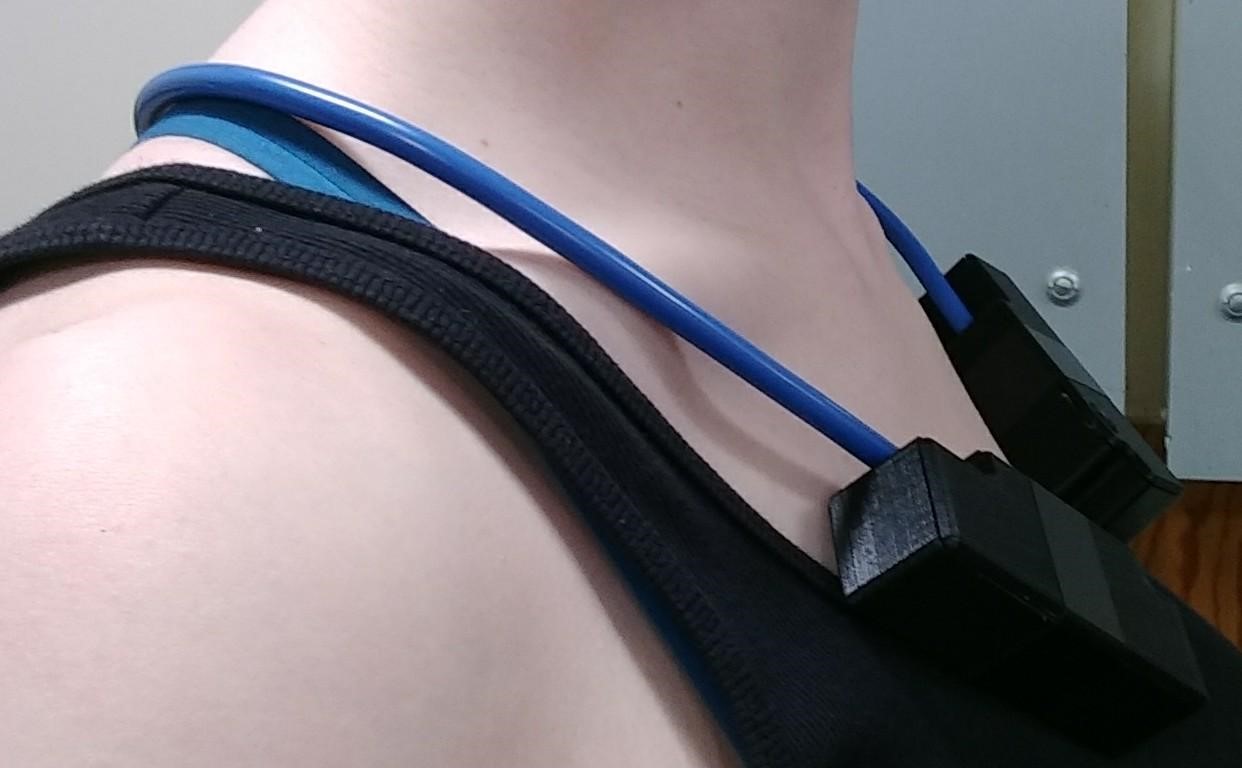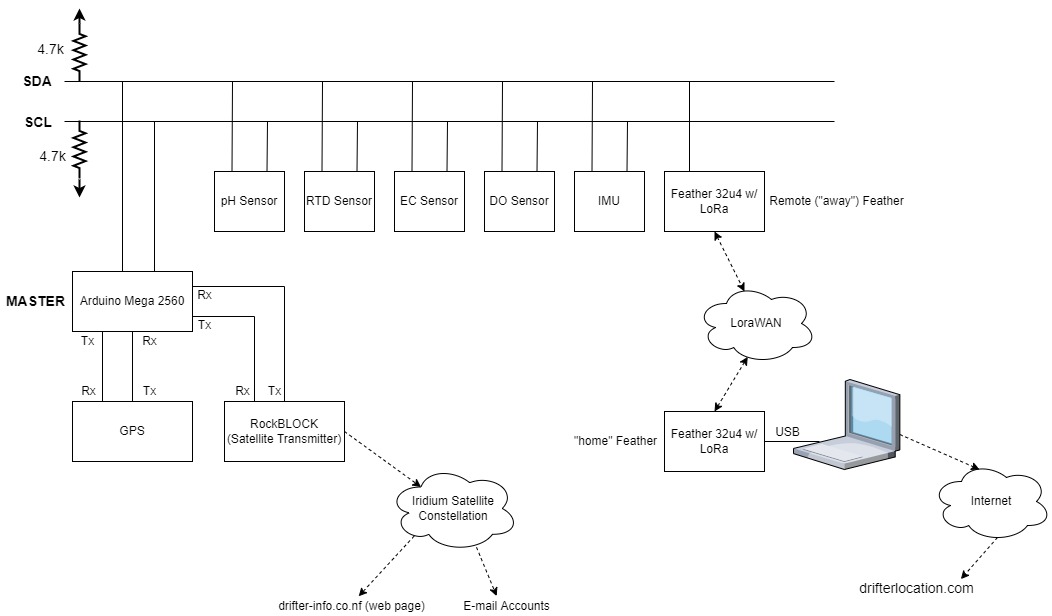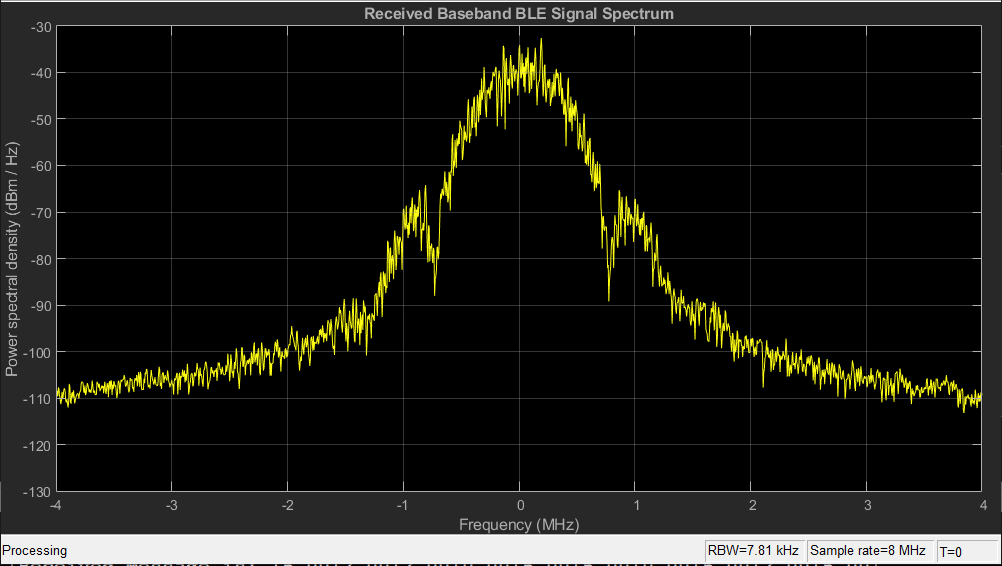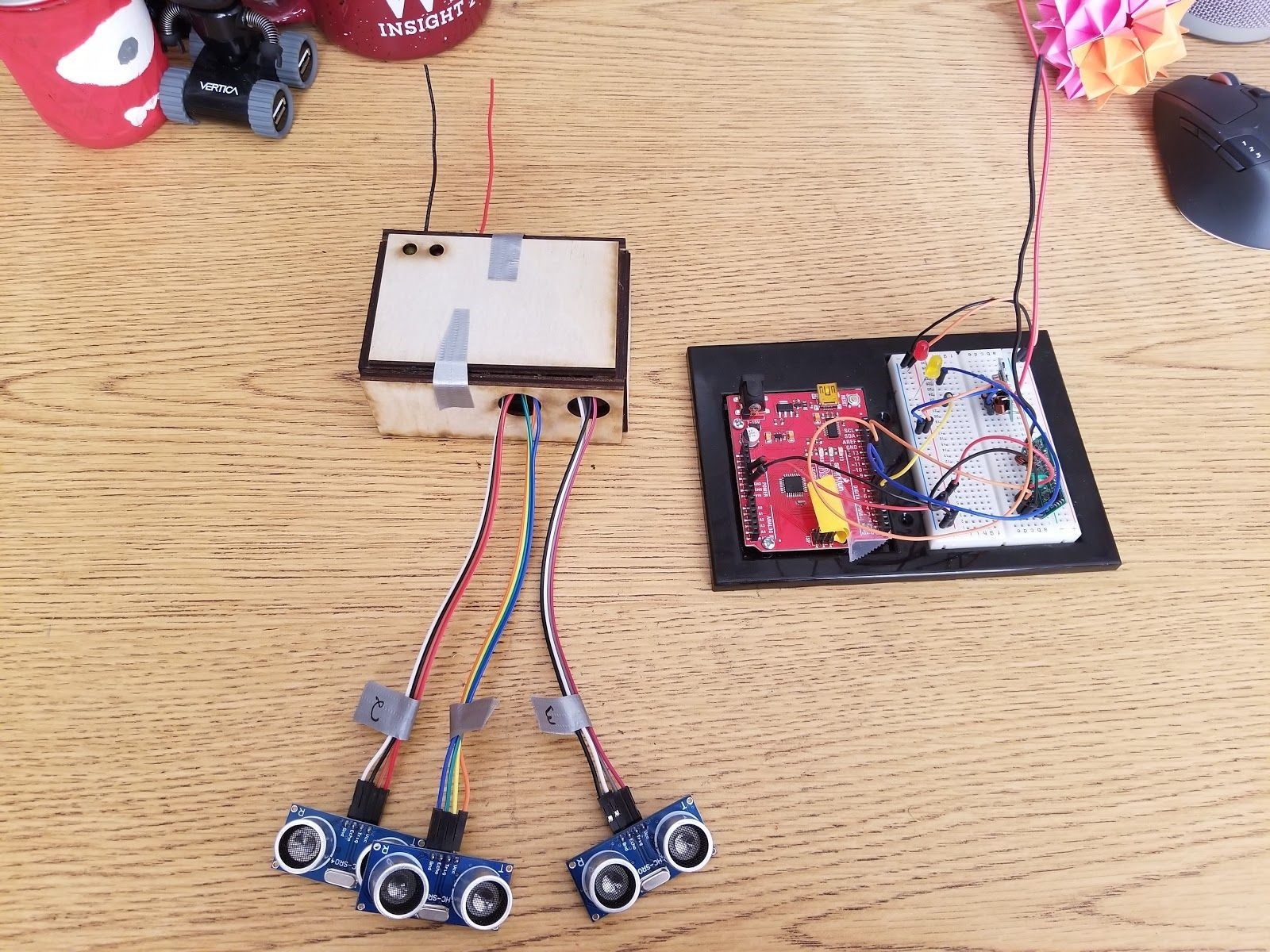Page Not Found
Page not found. Your pixels are in another canvas.
A list of all the posts and pages found on the site. For you robots out there is an XML version available for digesting as well.
Page not found. Your pixels are in another canvas.
About me
This is a page not in th emain menu
Published:
This post will show up by default. To disable scheduling of future posts, edit config.yml and set future: false.
Published:
This is a sample blog post. Lorem ipsum I can’t remember the rest of lorem ipsum and don’t have an internet connection right now. Testing testing testing this blog post. Blog posts are cool.
Published:
This is a sample blog post. Lorem ipsum I can’t remember the rest of lorem ipsum and don’t have an internet connection right now. Testing testing testing this blog post. Blog posts are cool.
Published:
This is a sample blog post. Lorem ipsum I can’t remember the rest of lorem ipsum and don’t have an internet connection right now. Testing testing testing this blog post. Blog posts are cool.
Published:
This is a sample blog post. Lorem ipsum I can’t remember the rest of lorem ipsum and don’t have an internet connection right now. Testing testing testing this blog post. Blog posts are cool.
Our team of three designed a wearable, non-invasive sensor (PPG sensor) that detects SpO2, heart rate, respiratory rate, short-term, and long-term HRV. The sensor data are processed through a microcontroller, extracted, and sent wirelessly (Bluetooth LE) to our Android application. Our Android application is backed by Firebase Realtime Database and uses the data received to periodically calculate the user’s health parameters, to clearly display and analyse the resulting data, and to provide health recommendations to the user. We presented our work in the 2020 IEEE MIT Undergraduate Research Technology Conference (URTC) and were selected as a finalist for the WPI Provost MQP Competition where we received an honorary mention. You can download the Complete Report and the IEEE MIT URTC paper here, or view the project on the Publications section. Repository is located on my GitHub page for your reference. This project was done under the ICAS and the NECAMSID Labs at WPI and was sponsored by Analog Devices and Allegro Microsystems.
Our team of three designed a prototype of a wireless, wearable device which aids the user in correcting poor posture and low physical activity. IMU data, specifically acceleration and linear acceleration vector values, are collected and processed to calculate statistics and provide helpful reminders to the user which are also sent wirelessly (Bluetooth) to our smartphone application. The mobile application allows the user to view their daily habits and long-term progress, as it stores the history of the user’s posture and physical activity data and displays them in graphs. Furthermore, the device has a small vibrating motor that acts as a more direct reminder when the user either has bad posture or has been physicall inactive for a considerable amount of time. Our team was selected as a finalist for the 2019 WPI ECE Design Challenge Competition for our work. You can download our Final Report and access the source-code repository (including progress reports). 
I developed and implemented the electronic part of a variation of a Lagrangian drifter by establishing satellite (RockBLOCK/Iridium SBD) and other wireless communications (LoRa Radio - 915MHz), integrating four sensors (pH, Resistance Temperature Detector, Electrical Conductivity, Dissolved Oxygen) measuring water parameters, a GPS, and an IMU (through I2C, UART) to support research in ocean acidification. For more details, please take a look at the source-code repository or click on the link above (title of project). 
When creating an end-to-end radio system, packet error rate (PER) is vital in determining the viability of that radio system. This analysis is also commonly applied onto Software Defined Radio (SDR) system designs like the one that we try to recreate. Our project uses two ADALM-PLUTOs to create an end-to-end software defined radio system that uses the Bluetooth Low Energy (BLE) standard. Our design uses BLE to transmit and receive data through related data channels and determines the system’s PER. The decoded data is uploaded to ThingSpeak and statistics are stored in the cloud for later analysis. For more details, please click on the title of the project in this page or you can access our Final Report and Project Presentation. 
Our team of four designed and implemented an IoT system that comprises a wireless network capable of connecting multiple low complexity devices (sensors) to the Internet. The objective was to obtain information about which Gordon Library cubicles are empty, and therefore available to use, at any particular time. Each cubicle possessed an ultrasonic sensor connected to an embedded processor. All sensor nodes reported their status to an aggregator node, which parsed the information received and periodically transmitted the resulting data via the Internet to display on our smarphone application for the members of the WPI community seeking an empty cubicle space to work. Our system addresses the need of the WPI community for efficient use of time and resources, especially in periods of high demand for quiet space in the library. For more details, please click on the title of the project in this page or you can access our GitHub repository and Final Report. 
The overarching purpose of our project, was to assist in the preservation of Venetian bell towers. One of our major achievements was the design and implementation of a methodology to evaluate structural integrity issues in Venice’s bell towers based on analysis of motion caused by inertial forces due to bell swinging (the numerical model and its modal vibration analysis were done with AxisVM and FFT Analysis on MATLAB with accelerometer data as input). Another major achievement was the development of a web app, using the React JS library, to collect and present data about Venetian bells and bell towers (web app link). For further details, please click the title of the project in this page or feel free to take a look at our IQP Report, our IQP Presentation, and our Team’s Website. 
Published in Proceedings of IEEE MIT Undergraduate Research Technology Conference (IEEE link: https://ieeexplore.ieee.org/document/9668881), 2020
This paper presents a wearable device that extracts and utilizes a photoplethysmogram waveform to measure and estimate various vital signs via our mobile application’s custom-designed algorithms. These vital signs include peripheral oxygen saturation, heart rate, respiratory rate, and short/long term heartrate variability. The device wirelessly transmits accumulated data to our Android smartphone application that is backed by a realtime database (Firebase), over Bluetooth Low Energy (BLE). Moreover, this paper explores the proposed device as an emerging technology with the COVID-19 pandemic’s contemporary concerns. The peripheral oxygen saturation measurements would give an early indicator of degrading respiratory health before the apparent manifestation of symptoms. The convenient use of this device in a mobile setting is especially relevant due to current isolation precautions in place and due to its critical role in improving at-risk patients’ care.
Recommended citation: B. Chieng, F. Kavassalis, F. Baudino and U. Guler, "A Photoplethysmography Wearable with Long-term Heart Rate Variability Detection Algorithm," 2020 IEEE MIT Undergraduate Research Technology Conference (URTC), 2020, pp. 1-4, doi: 10.1109/URTC51696.2020.9668881. http://FivosJKavassalis.github.io/files/MIT_URTC_2020_PO.pdf
Published:
This is a description of your talk, which is a markdown files that can be all markdown-ified like any other post. Yay markdown!
Published:
This is a description of your conference proceedings talk, note the different field in type. You can put anything in this field.
Undergraduate course, University 1, Department, 2014
This is a description of a teaching experience. You can use markdown like any other post.
Workshop, University 1, Department, 2015
This is a description of a teaching experience. You can use markdown like any other post.